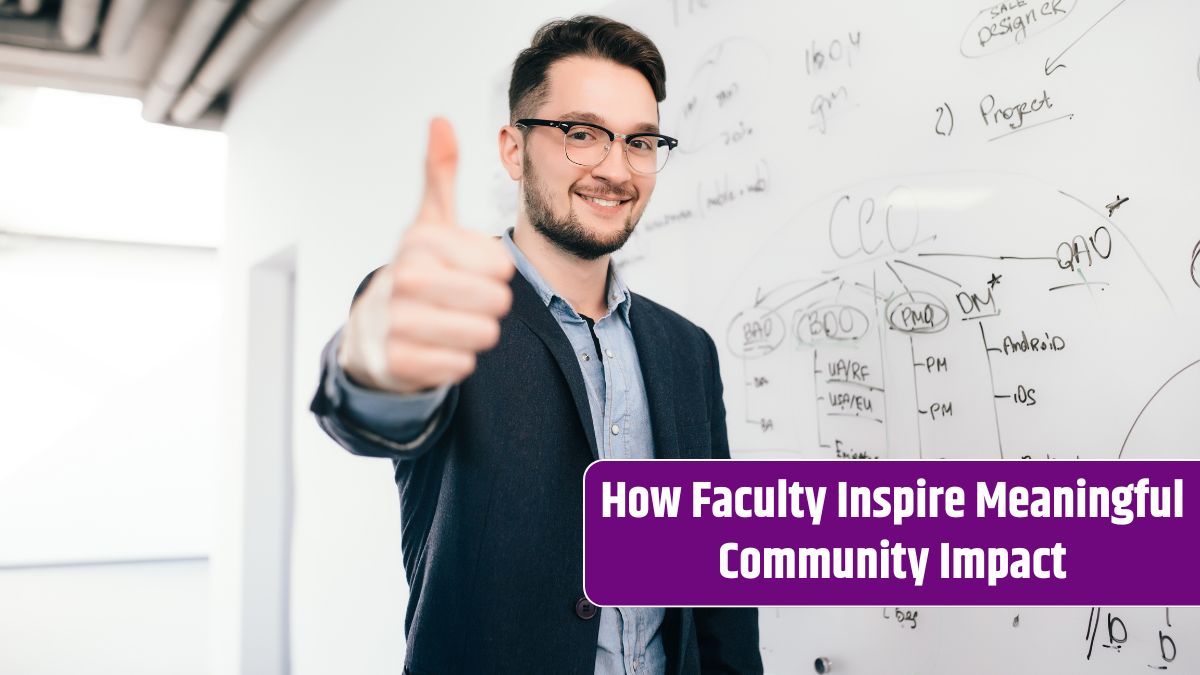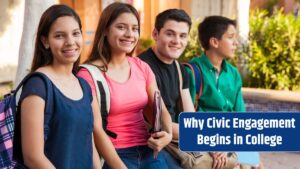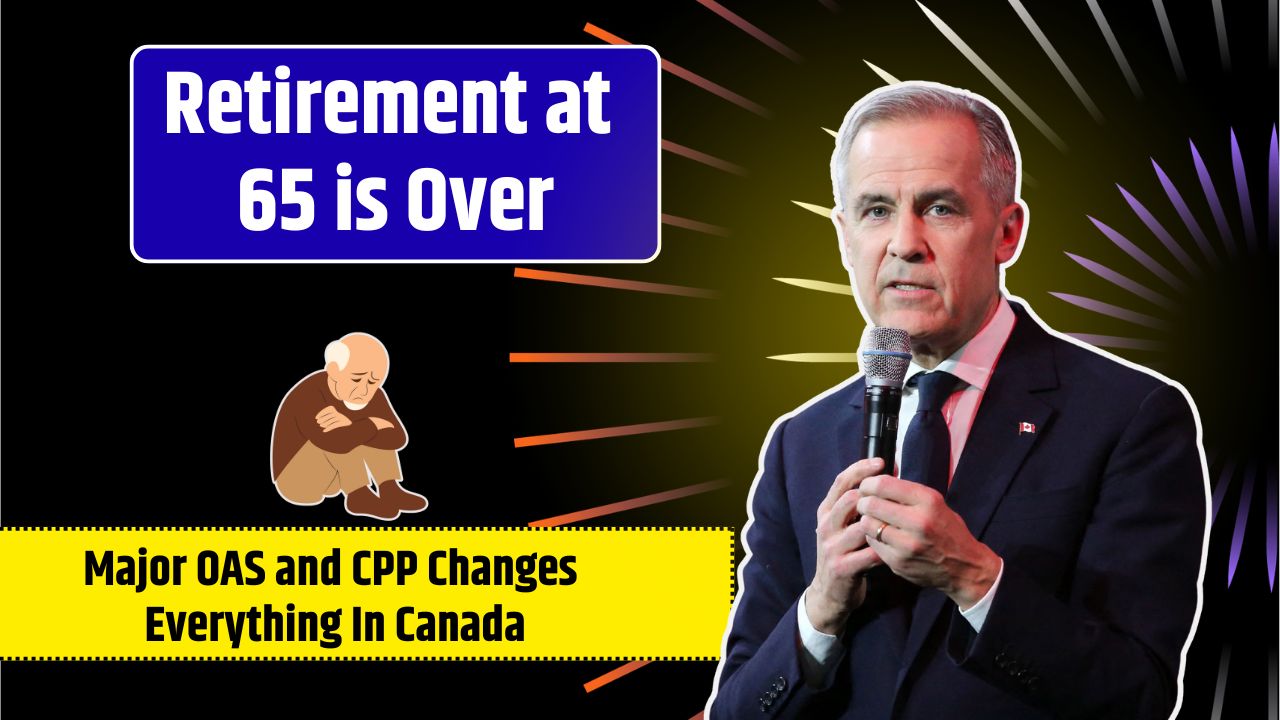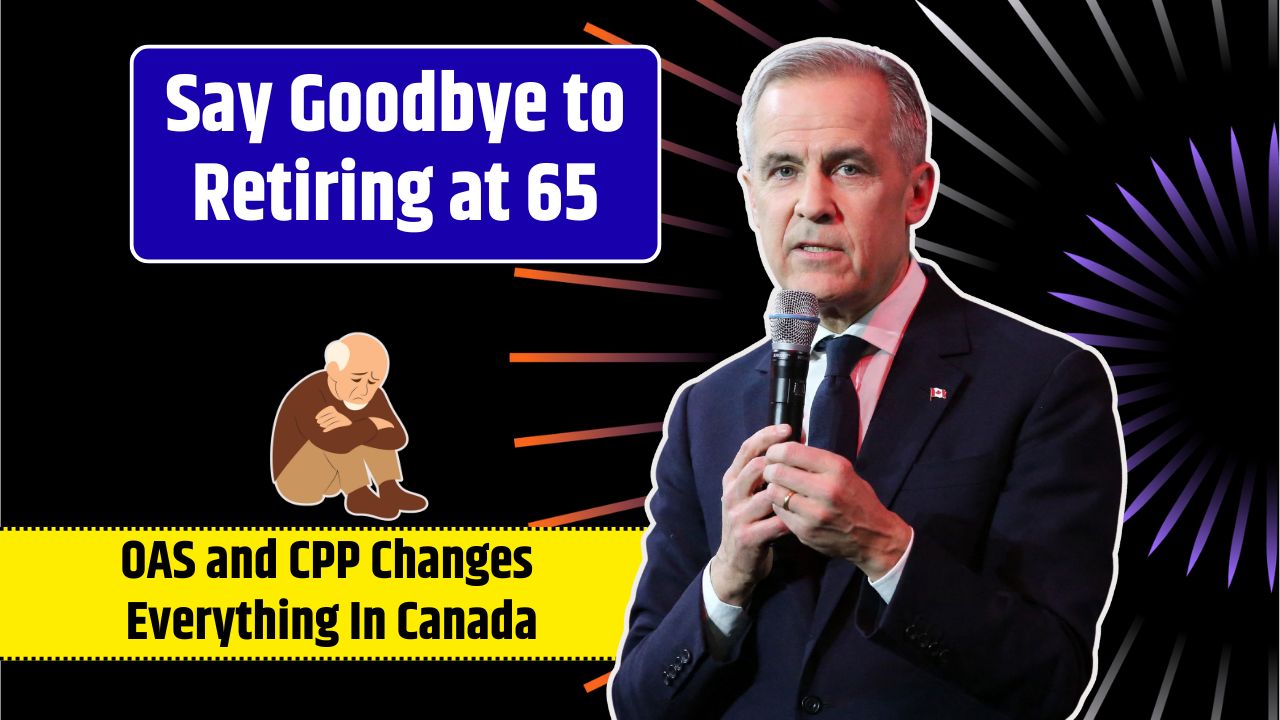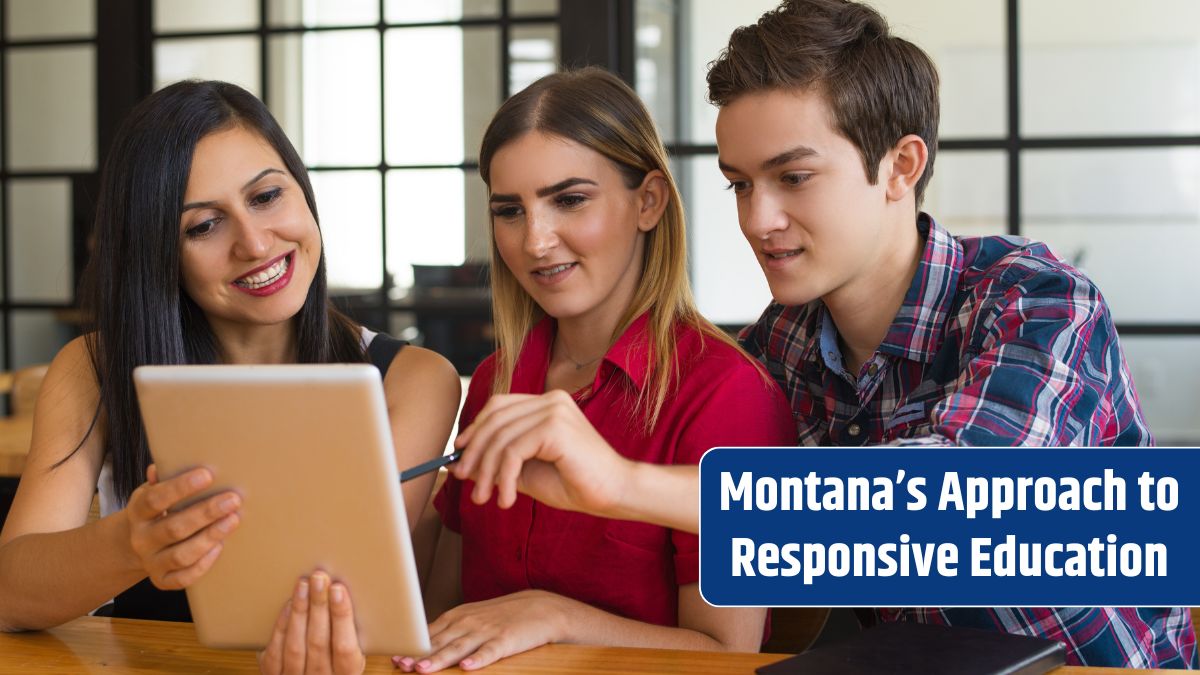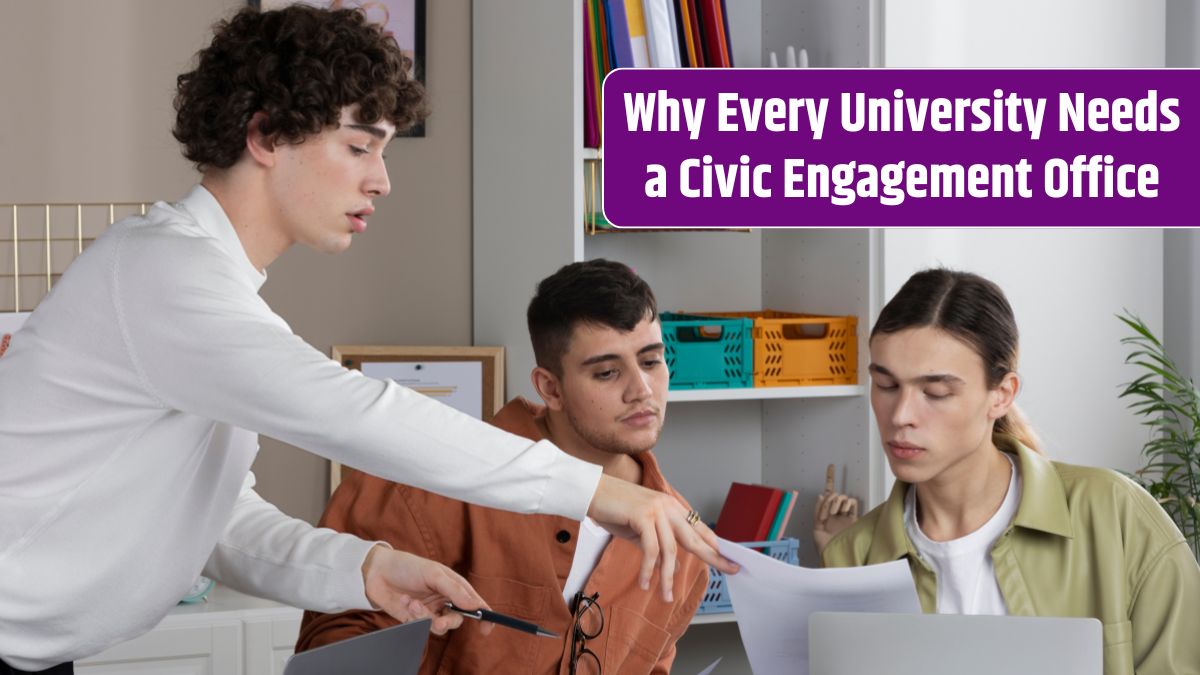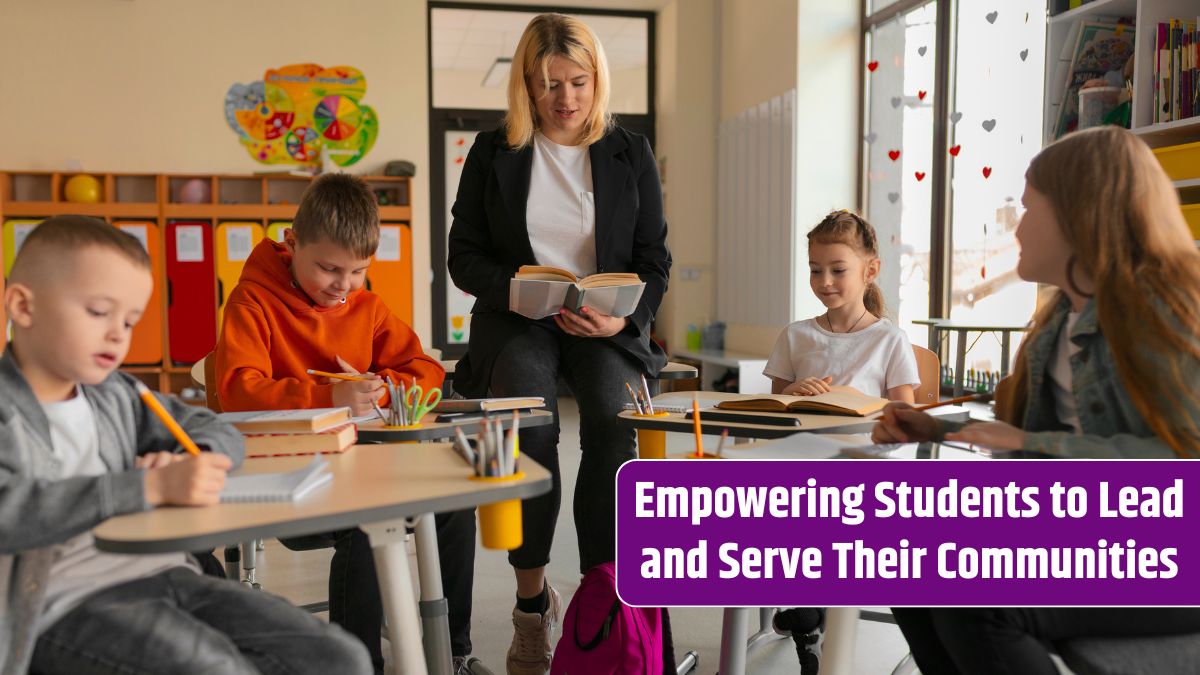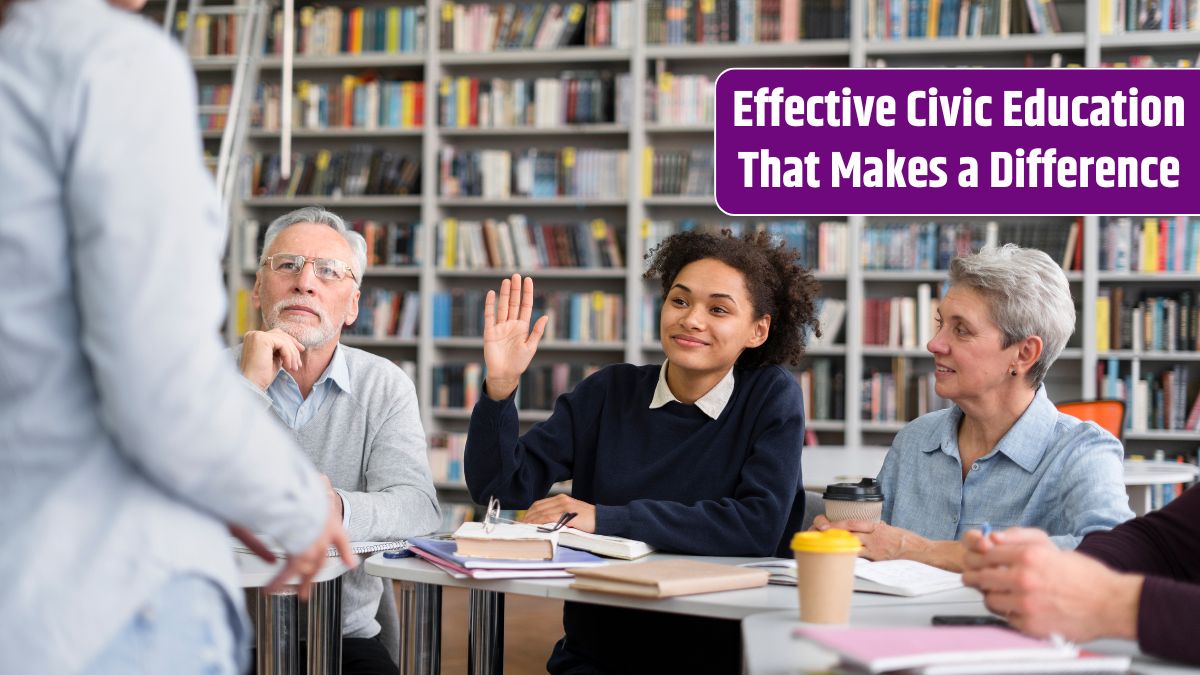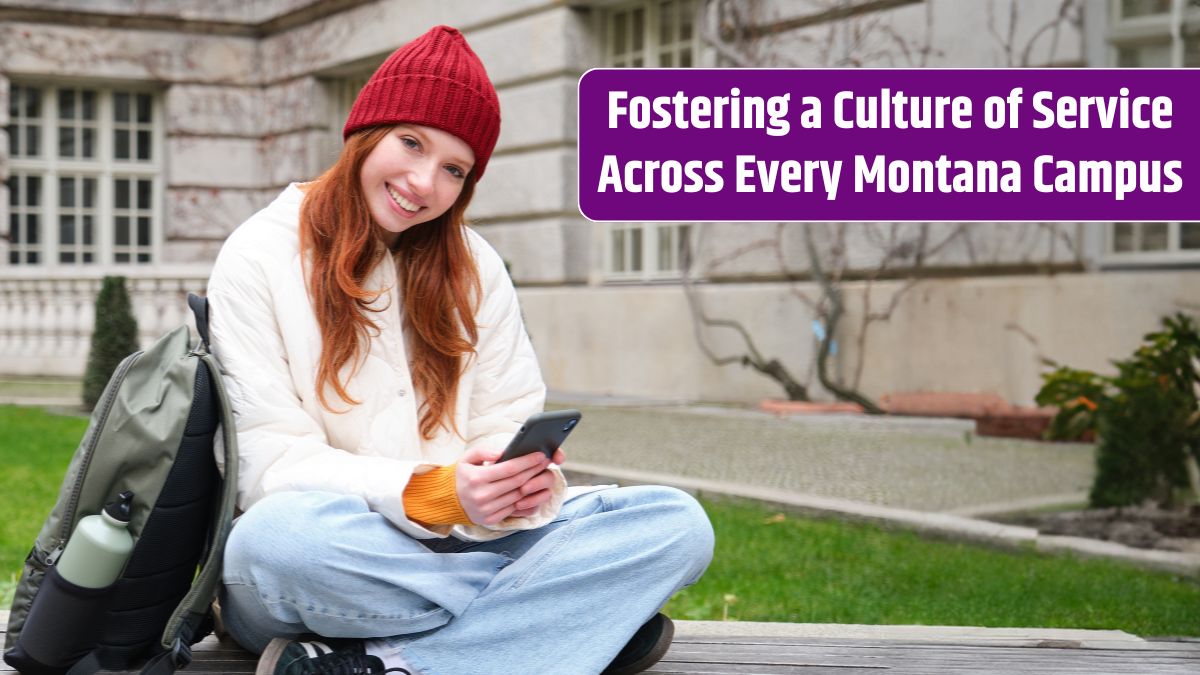When we think about college professors, we often picture lectures, grading, and research. But behind the scenes, many faculty members are doing something far more powerful—they’re changing lives and strengthening communities. Through teaching, mentorship, advocacy, and service, faculty are in a unique position to inspire students and lead meaningful change far beyond the classroom. Let’s break down how faculty truly make a difference in the world around them.
Table of Contents
Mentorship
One of the most powerful ways faculty inspire impact is through mentorship. It’s not just about academic advice—it’s about guiding students to discover their passions and purpose. A good mentor can spark a lifelong interest in social justice, public health, education, or civic leadership.
When students have professors who believe in them, they’re more likely to believe in themselves. And when those professors model engagement—by volunteering, publishing socially relevant research, or leading service projects—students follow suit. Faculty don’t just teach students what to think, they teach them how to act.
Engagement
Faculty members who are deeply engaged in their communities create ripple effects. Whether they’re volunteering at nonprofits, serving on city boards, or working with schools and clinics, they bring real-world experience into their teaching—and inspire students to do the same.
Community engagement brings textbook theory to life. It connects classroom learning to real-life issues like housing insecurity, environmental justice, or health disparities. Students not only gain skills—they gain a sense of responsibility.
Collaboration
Faculty impact grows stronger through collaboration. By working with community partners, other educators, and even students, they build bridges that last. These partnerships allow for shared projects—like community-based research, public forums, and health initiatives—that make a measurable difference.
What’s great is that these aren’t one-sided relationships. The community gains access to expert knowledge and support, while faculty and students gain new perspectives and lived experience.
Research
Research is another major channel for impact. But we’re not just talking academic journals—faculty who focus their research on community needs help bring visibility and solutions to local challenges.
For example, a professor might study barriers to mental health services in low-income neighborhoods or analyze water quality in underserved regions. When research is rooted in real-world problems, it has the power to drive policy change, raise awareness, and inform smarter solutions.
Teaching
Even in the classroom, faculty have the power to inspire change. When they integrate service-learning, project-based assignments, or case studies into their teaching, students get more than knowledge—they get motivation.
Courses that address topics like inequality, justice, climate change, and public policy help students see how they can be part of something bigger. And when professors bring in guest speakers, organize field trips, or challenge students to solve real problems, the classroom becomes a launchpad for impact.
Impact
So, what does all this add up to? Real change. Faculty influence student attitudes, community health, local policy, and even national conversations. Their unique role allows them to connect the dots between education and action.
Here’s a simple breakdown of how faculty efforts lead to impact:
| Faculty Action | Community Impact |
|---|---|
| Mentorship | Student leadership & empowerment |
| Community involvement | Stronger local partnerships |
| Applied research | Evidence-based solutions |
| Engaged teaching | Student activism & innovation |
| Collaborative projects | Long-term social improvement |
Faculty are more than educators—they’re changemakers, connectors, and catalysts for a better world. Their everyday choices shape not only minds but also movements. When they lead by example, the impact spreads far and wide.
FAQs
How do faculty impact communities?
Through teaching, mentoring, research, and outreach projects.
Why is faculty mentorship important?
It guides students in their personal and civic development.
Can professors influence policy change?
Yes, especially through research and public advocacy.
What is community-based research?
Research that addresses real issues affecting local people.
How can teaching inspire action?
By connecting lessons to real-world social challenges.

